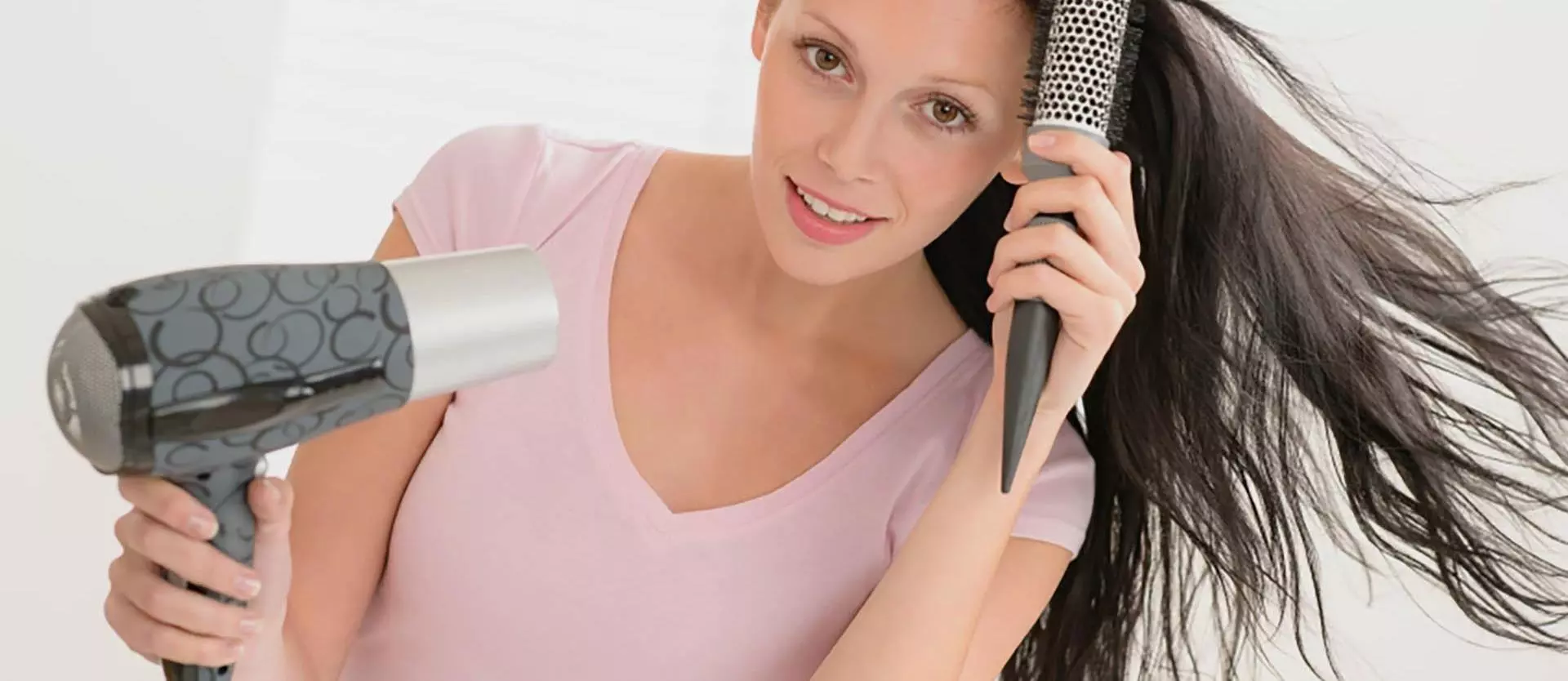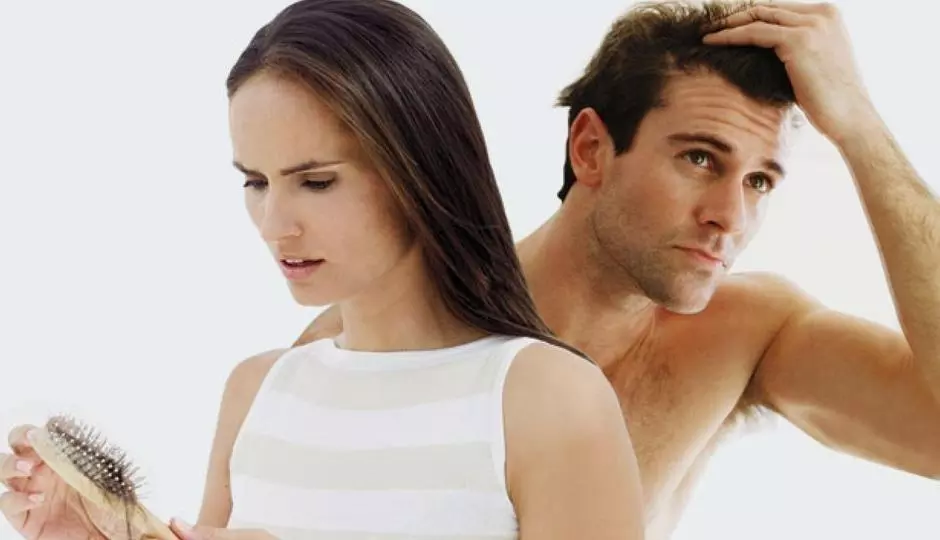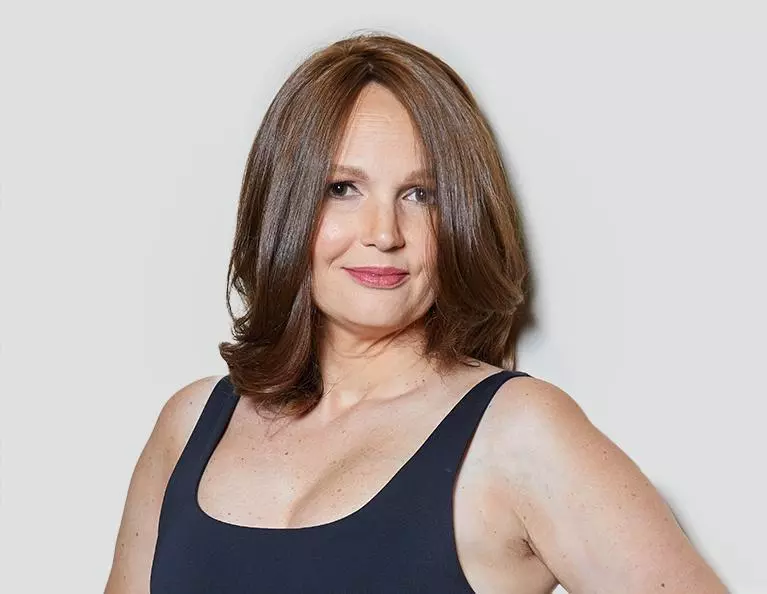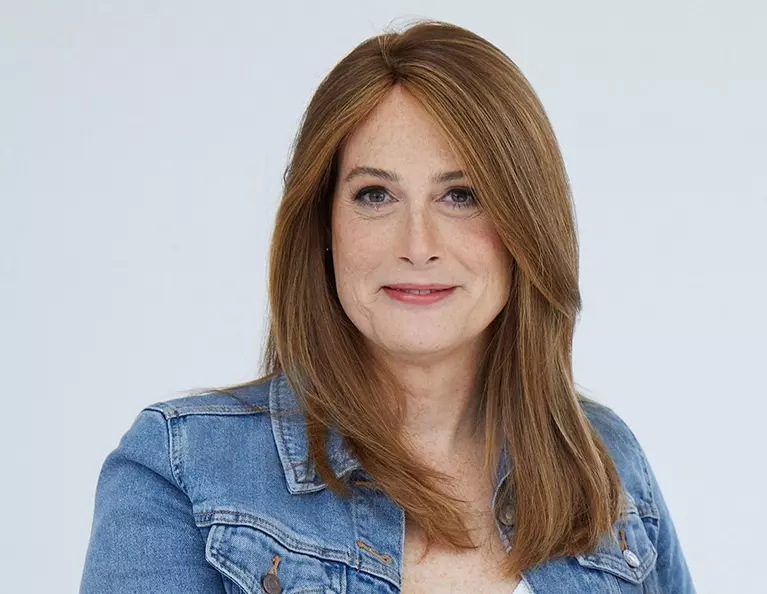You may have heard before that heat can damage your hair. You don't likely think about all of the ways that heat comes in contact with your hair, though. If you wake up each day and wash and blow-dry your hair, you are exposing it to excessive heat. If you use curling irons or straighteners, you are exposing your hair to heat. Perhaps you use heat treatments, especially at the salon. No matter which of these steps you are taking, it is very easy to have hair that becomes damaged. If this seems to be happening to you, it helps to know why it happens, the signs that it is happening, and what you can do about it.
Why Does Heat Damage Hair?
Think about heat applied to any other surface. A small amount of heat does not do much to the actual material. However, higher temperature levels and heat that is placed on the surface for a prolonged length of time causes damage. This is because heat itself burns through the surface of the hair and can damage it at the cellular level. This is the same process that happens when any surface comes in contact with heat for a long period of time, a consistent amount of time, or even at a high temperature.
What you may not know is that hair is quite durable. In fact, it can handle temperatures that reach as high as 450 degrees F. At that point, it will become damaged or burned. Most of the time, your hair products and devices are not heating your hair up to this temperature. Healthy hair can often withstand a significant amount of use to these products, in fact, before they become damaged. Nevertheless, when it comes to consistent heat, damage will occur.
Is Your Hair Heat Damaged?
Do you think your hair is heat damaged? Are you unsure if that is the problem you are having? Here are some signs that heat damage is occurring.
- After you wash your hair or get it wet, does your hair return to its natural state? In many cases, excessive heat damage leads to a reduction of curls or hair that does not seem to bounce back to its natural state easily. Your hair may seem looser or it may be straighter than it was previously. You may have some hair that is straight and other parts that are more natural for you.
- Does your hair feel very dry? Oftentimes, a rough or dry feeling is a sign of excessive heat damage.
- Does your hair look dull? Damaged hair tends to lack moisture and appear dull and dry.
- Do you have a large number of split ends, which are areas of the very end of your hair that are splitting in two?
- Does your hair seem to break easily?
If you have these types of signs of excessive heat damage to hair, you likely need to take steps to improve the condition.
What You Can Do About Heat Damaged Hair
There are various steps you can take to improve your hair's condition. A good place to start is with added moisture. A moisturizing treatment can help you to remove many of the damaged areas. You may want to talk to your hairstylist about options in improving your hair using a deep conditioning treatment.
In addition to this, use leave-in conditioners in your hair, try to keep your hair slightly damp especially at night, and use a moisturizing mask overnight. Talk to your hairstylist about the underlying cause of your heat-damaged hair as well. In some cases, you may find that simply no longer using a great deal of heat in your hair care can help to improve the symptoms you have. It's also a good idea to work on improving your diet. Amp up the amount of protein-rich foods you consume, add more vegetables and fruits, and turn to a higher number of meals that include fish or nuts.
Each of these steps can help you to regain some level of control over heat-damaged hair. Of course, you'll want to talk to your stylist about how to handle your hair styling going forward to avoid additional risks. For more information, schedule a free, private consultation at Unique Hair Concepts.






